Austrian Audio OD5 & OC7 microphones review: Turning heads, but not without imperfections
The Viennese brand expands its range with two new swivel-joint instrument microphones. Can they out-manoeuvre more established rivals?
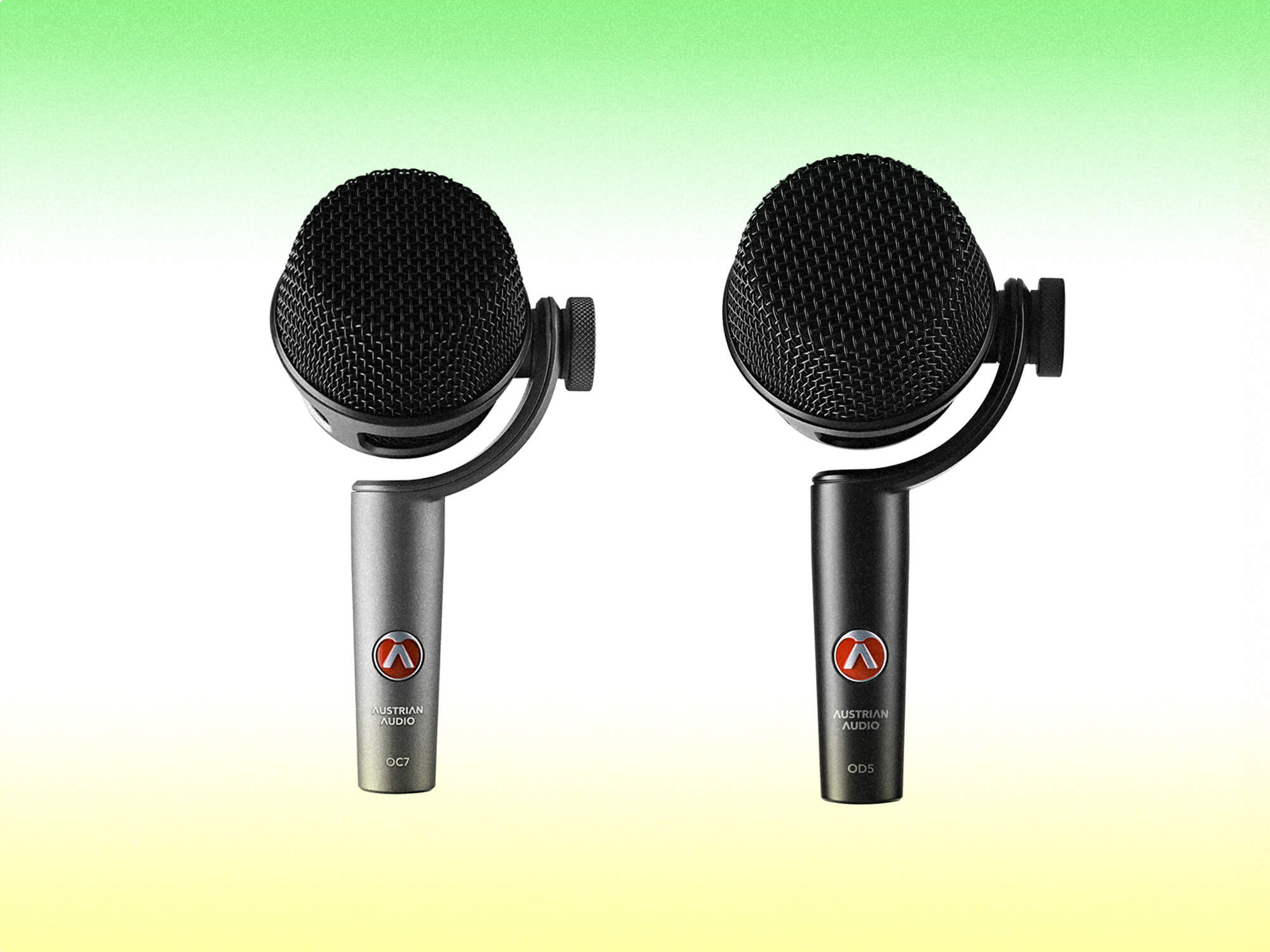
Review Overview
Our rating
7
Our verdict
⊕ Rich, full tones, without over-exaggerated boosts or scoops
⊕ Easy to place on-axis in tight spaces
⊕ Natural off-axis response
⊕ No exaggerated proximity build-up
⊖ Expensive – particularly the OC7
⊖ Annoying body resonance on OD5
⊖ OC7 voicing is slightly bright for some applications
Austrian Audio’s earlier OD505 and OC707 represented a plucky move into live sound products; we saw as much potential for these mics in the studio as on the stage, with the dynamic capsule performing especially impressively. Since then, the brand has expanded its live offering by venturing into producing mic capsules for wireless systems, and recently introduced a supple, flexible pair of microphones to follow-up the ‘505 and ‘707.
The brand claims that its OD5 and OC7 instrument mics can reach places that other microphones cannot, swivelling into position on stage (and in the studio) with a 220-degree rotation of the head basket. Like most of Austrian Audio’s range, they’re constructed in Vienna and, far from being in unknown territory, the engineering team have considerable form in this field, having previously been associated with the development of swivel joints for AKG’s modular/small diaphragm condenser lines.
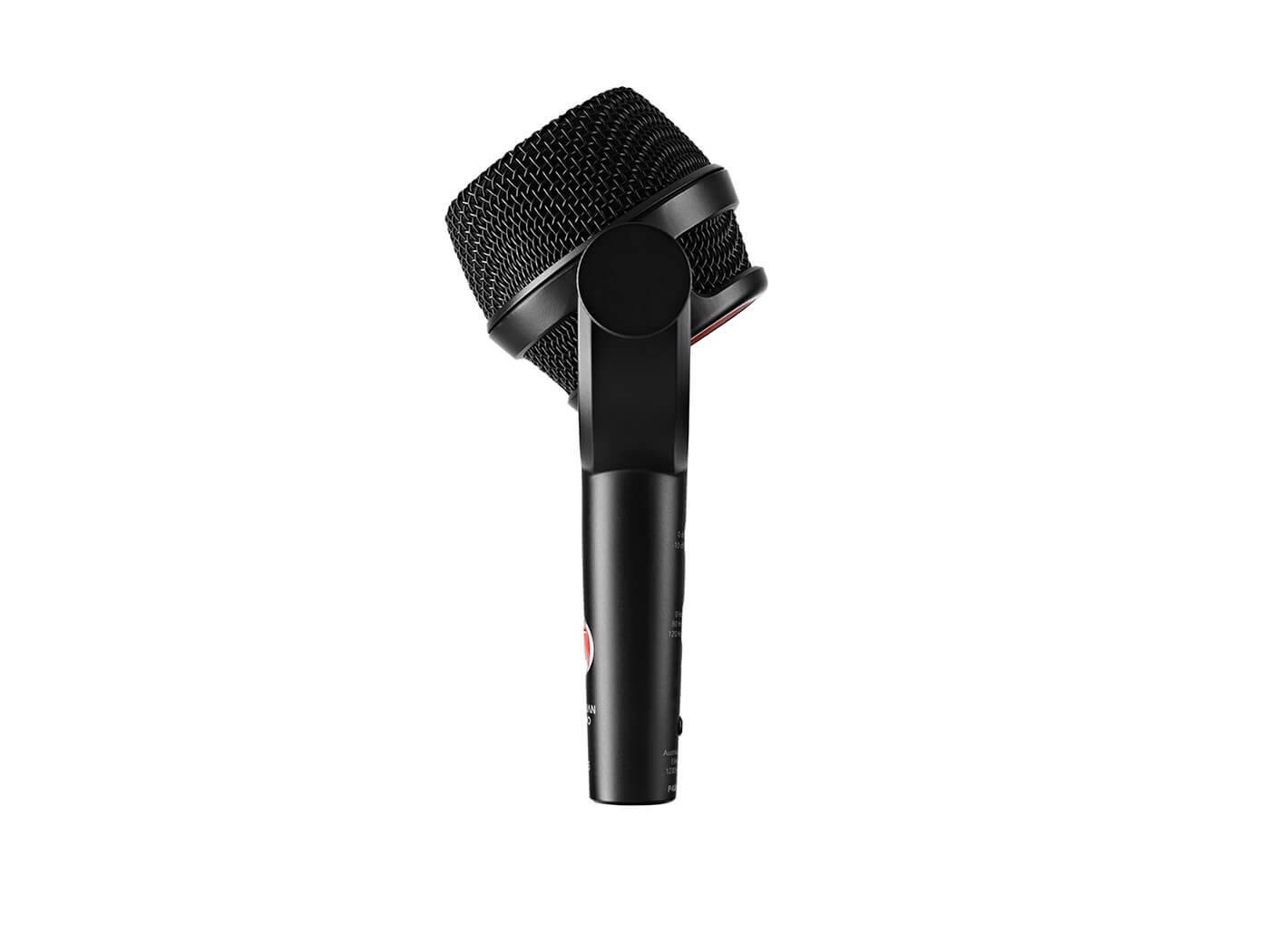
The lowdown
The OD5 is an active dynamic mic that houses a different capsule and voicing to that of the earlier OD505 and, additionally, lacks the former’s dual-diaphragm, pop-stopping design. The advantages of being active include having plenty of gain (so less noise and signal loss), and the inclusion of both a high-pass filter and pad on board; especially handy for taming boomy, loud drums and guitars on stage prior to the signal reaching the mixing desk.
The cardioid pattern of the OD5 is not as tight as the OD505’s supercardioid response but is easier to place and avoid spill from surrounding instruments. Its tonal response has slightly thicker low mids than the OD505 in free field – handy for rich tom sounds and the like – with proximity further adding weight closer to the source. The presence boost in the high-mids has a slightly wider bandwidth than the OD505 and a gentler boost; these attributes promise a smoother top end than obvious competitors like the ubiquitous Shure SM57 – and extends lower downward.
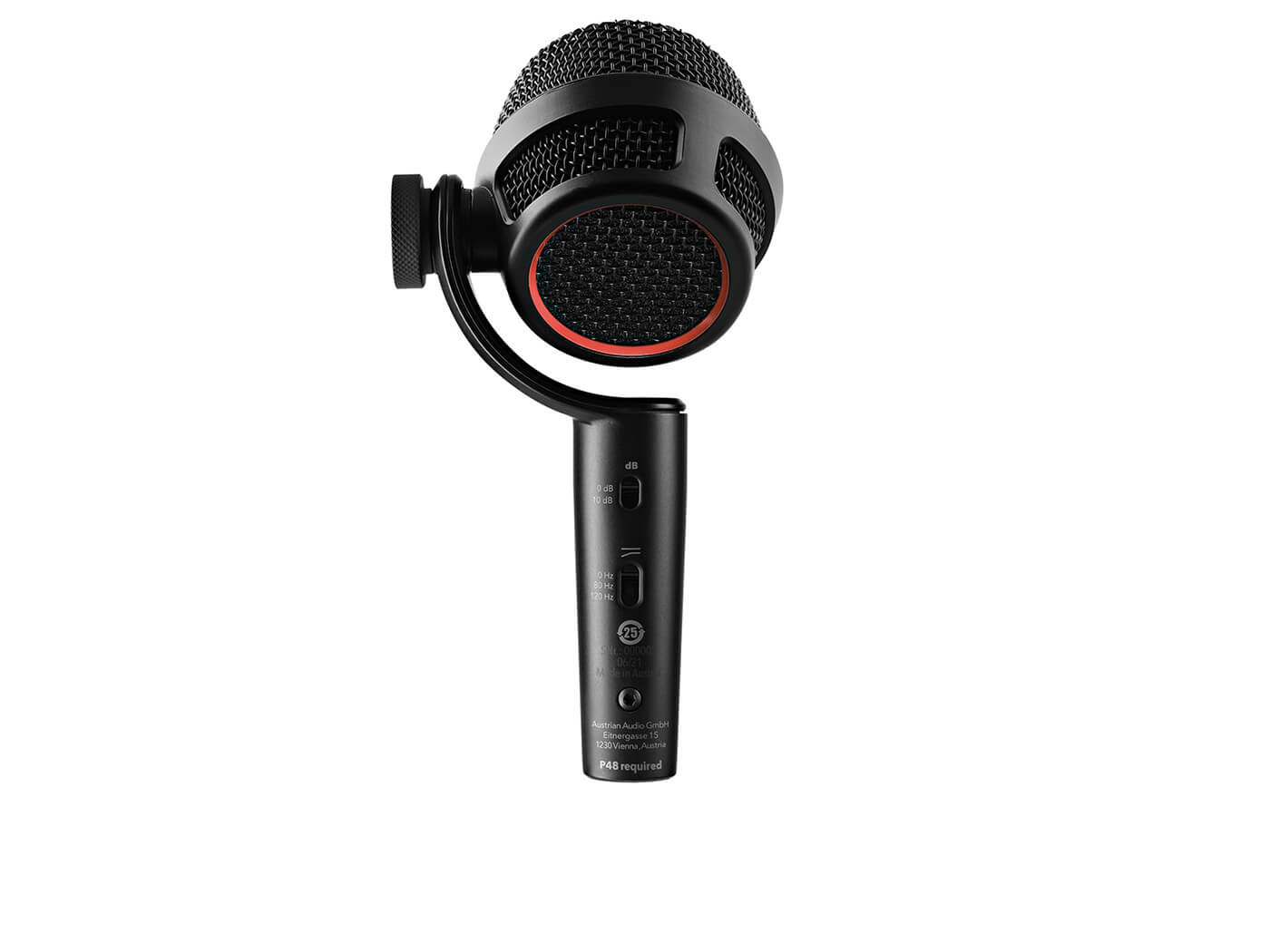
Austrian Audio’s OC7 shares the same OCC7 capsule as the OC707 and the CC8 small diaphragm condenser, taking a healthy dollop of inspiration from the ever-versatile AKG CK1 capsule – a staple in countless drum recordings for hi-hat, bottom snare and overhead duties. The OC7’s voicing is similar to the OC707, but with an extra presence peak on top to bring out airy frequencies. Meanwhile, the frequency contour gradually thins out in the low mids, perhaps to help the mic sit in the mix more instantly – and avoid unwanted boom – when placed close to hi-hats, under a snare, or close to another acoustic instrument in a live setting.
Both the OC5 and OC7 mics are built to last, with a decent weight, sturdy thumbwheel and twist mechanism, plus handily recessed switches. The padded case is bulkier than it needs to be but will provide ample protection on the road. A mic stand clip and thread adapter complete the accessory pack. At £249, the OD5 is competitive with other premium dynamic mics (especially considering the active technology). However, the OC7’s £399 price seems a little steep, considering there’s plenty of choice for compact small diaphragm condensers. Plus, it’s a little more niche than the (more conventional) similarly-priced Austrian Audio CC8.
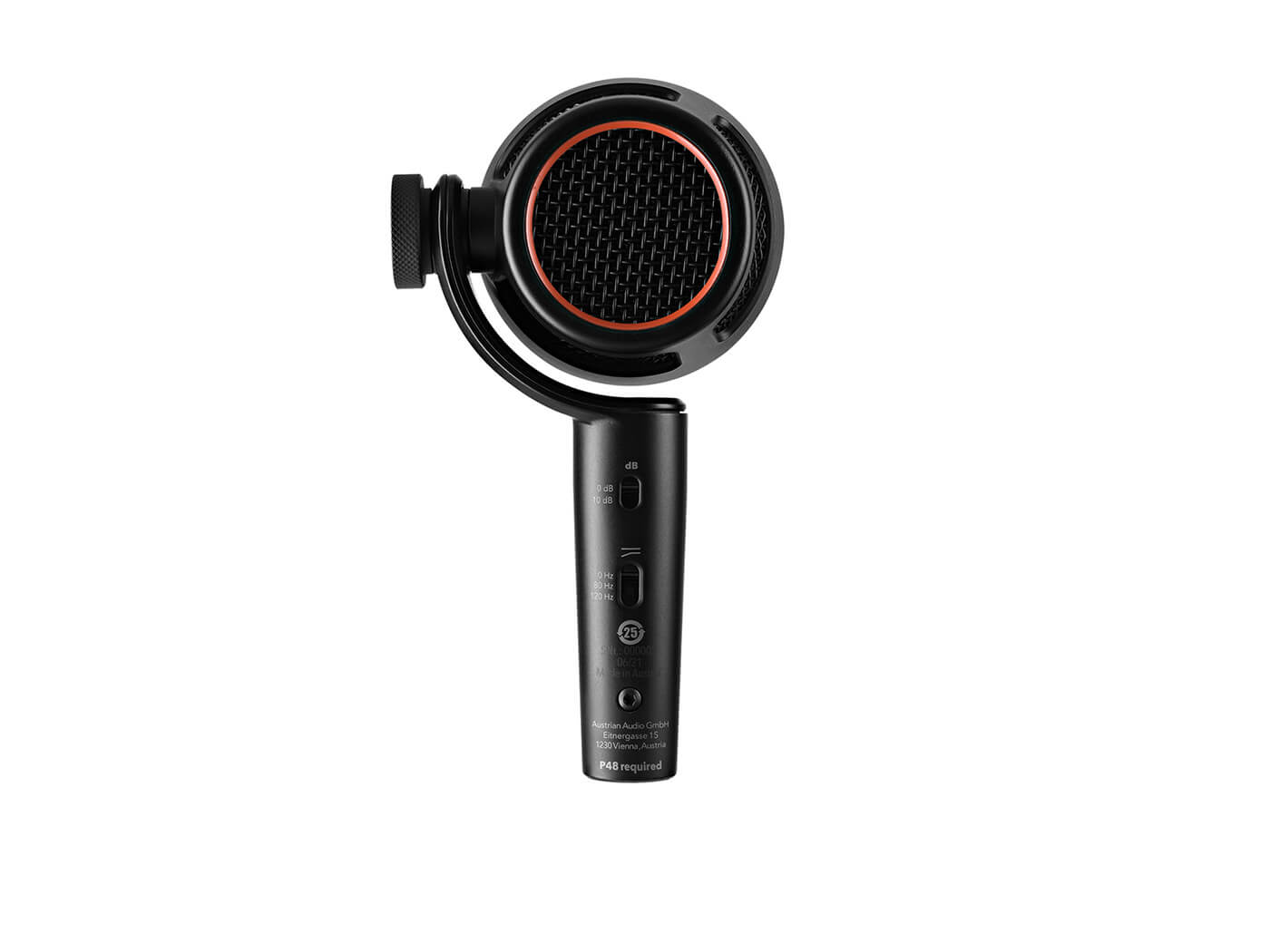
Sharpen the axe
On strummed, distorted electric guitar tones, the OD5 offers a faithful reproduction of signals leaving the speaker cabinet, exhibiting the fully-rounded sound of other high-end dynamics like the Sennheiser MD421. Pleasing proximity can be put to use right up to the speaker grille; not as overbearing as you might expect, with the option to experiment with the high-pass when it’s required.
In contrast, our dependable Shure SM57 has a lot more high-mid fizz and slightly more proximity build-up, so the overall result appears slightly scooped. The Beta 57a we also have to hand comes much closer to the OD5 in terms of the balance between present low-/mid-mids and high-mid bite.
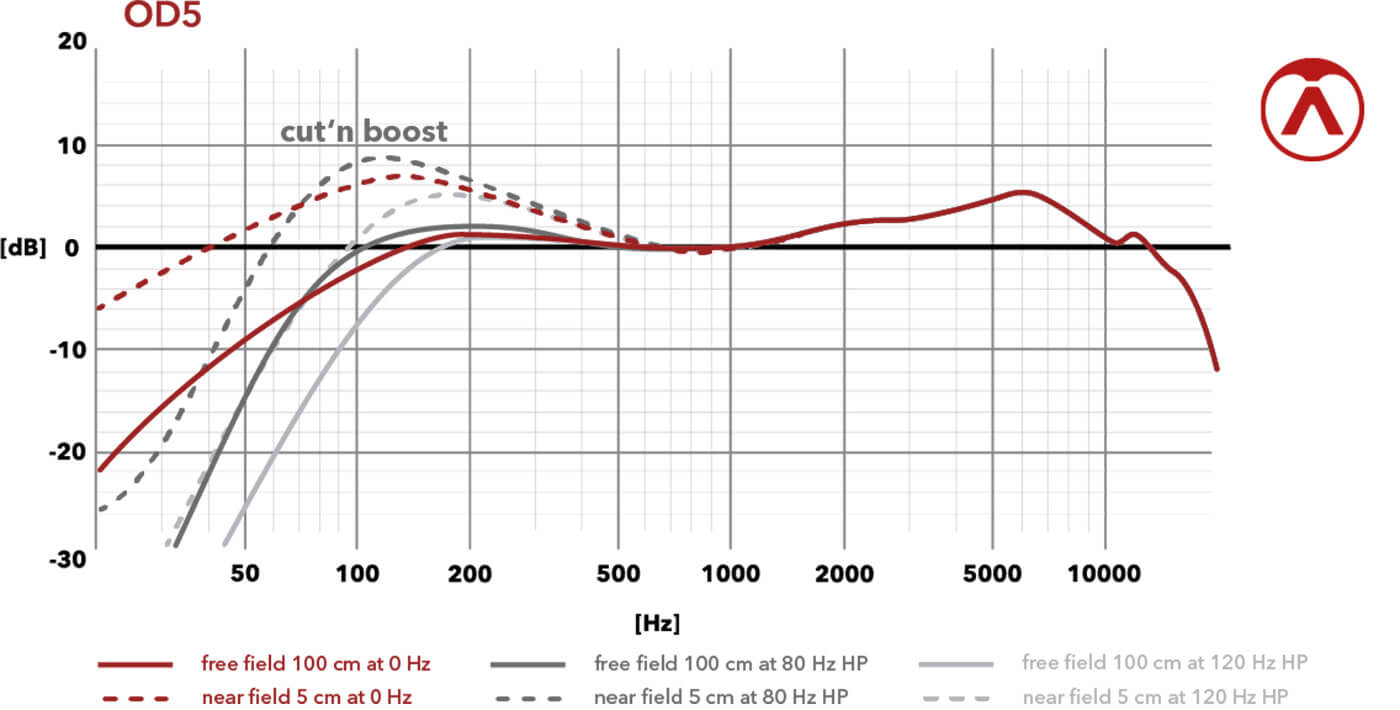
On less aggressive, crunch distortion finger-picked lines, the OD5 remains the best all-rounder, although the Beta has a similarly pleasing contour for the source, albeit more twangy in the mids.
Meanwhile on acoustic guitar, the OC7 offers plenty of articulation, cutting through the busiest of mixes and proving it’s worthwhile for applications where a fast transient response is important (hi-hat, cymbal spot mics, under the snare and so on). For the capturing of more delicate acoustic instruments, the OC7 is perhaps a little too brittle in isolation, in need of a subtle high cut to smooth things out. Even with the high pass disabled, there’s no tangible proximity build-up; just like the OD5, this makes it a great choice for close capture.
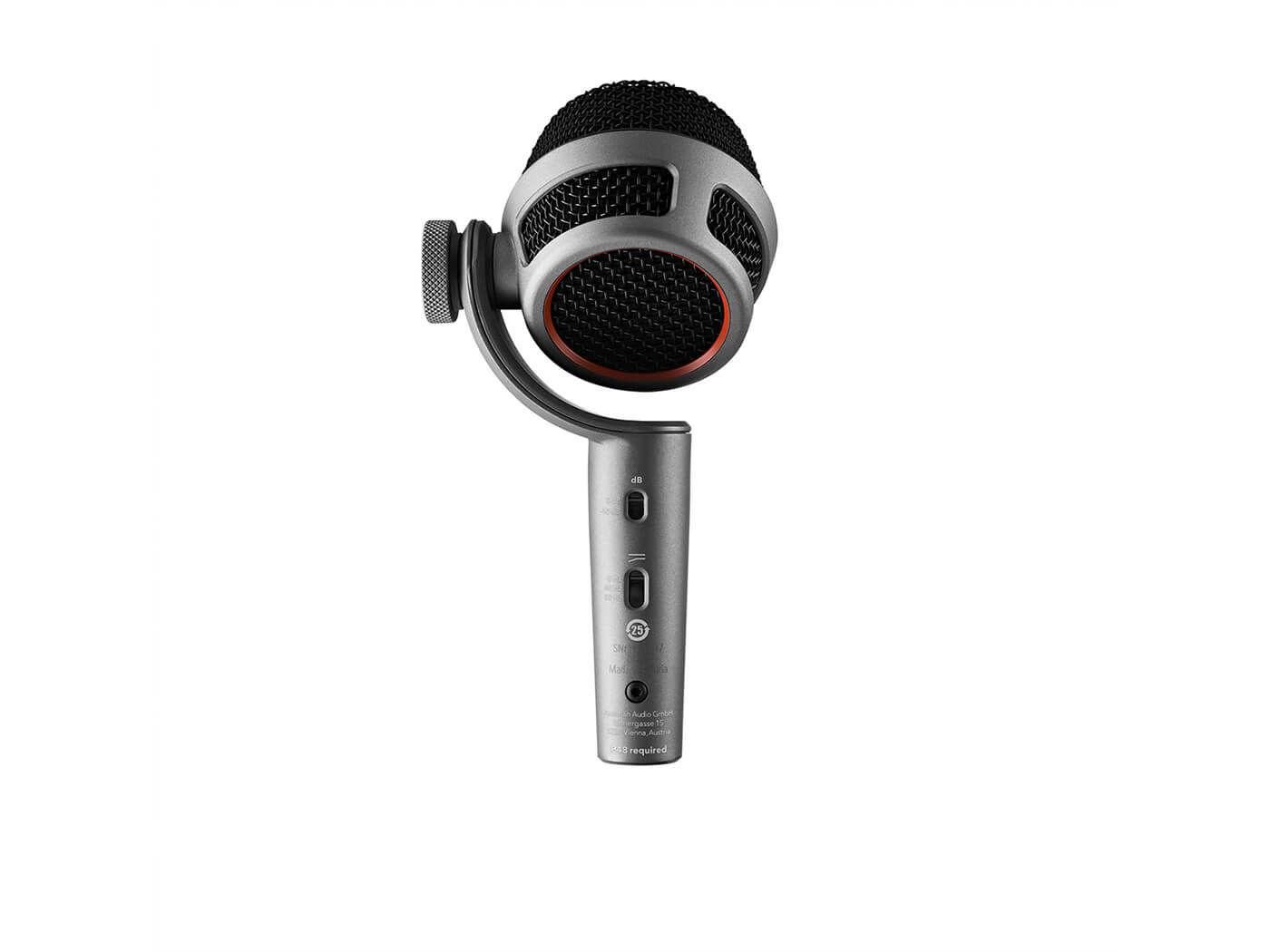
Snare pair
Next up is a shootout test on snare, with the OD5 at the top and the OC7 underneath. The mics can be placed with accuracy and repeatability, fully on-axis each time and without the risk of snagging other hardware. The head baskets do seem a little oversized however, particularly in the case of the smaller-diaphragm OC7.
On snare top, the OD5 is full-bodied and not as excessively boosted in the high mids as the SM57. When used alone, it might require EQ shaping for live work in order to poke its way through a crowded rock mix, but the flip side is that it’s natural sounding at source, less prone to highlighting annoying resonant rings on an undamped drum. For extra crispness and sustain, the OC7 is added underneath with its polarity flipped. The two mics constitute a seriously compelling combination for studio work.
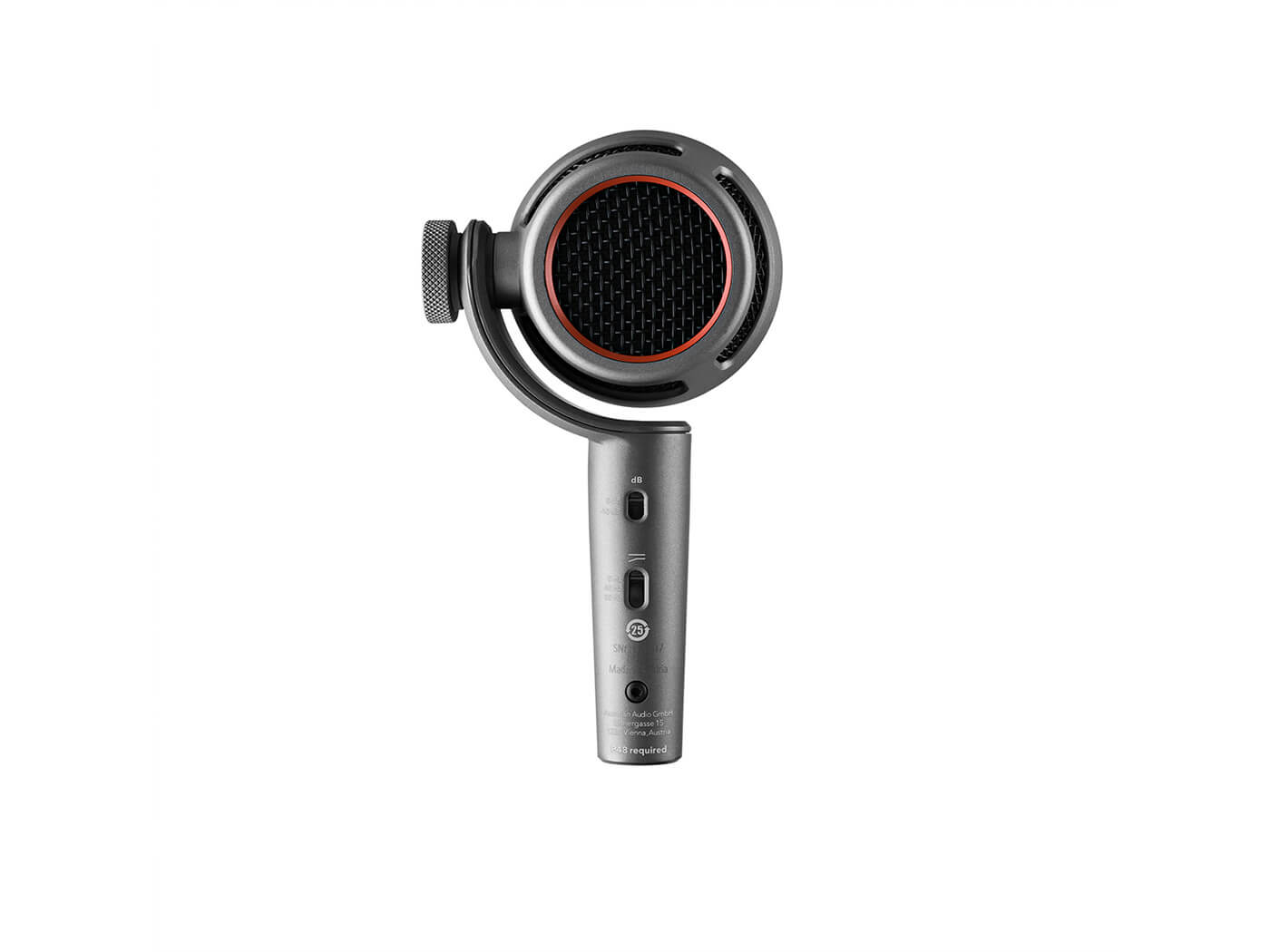
Around the back
Like other Austrian Audio mics we’ve tested, the off-axis response and rear rejection capability are stellar, with no resonant or scooped colouration of sounds reaching the mic at the null points of the polar pattern. This is a major selling point in their intended applications, particularly with multiple mics arranged around a drum kit. It reduces the need for intrusive noise gating on close mics, allowing you to simply embrace the spill with open arms (if you’re brave enough).
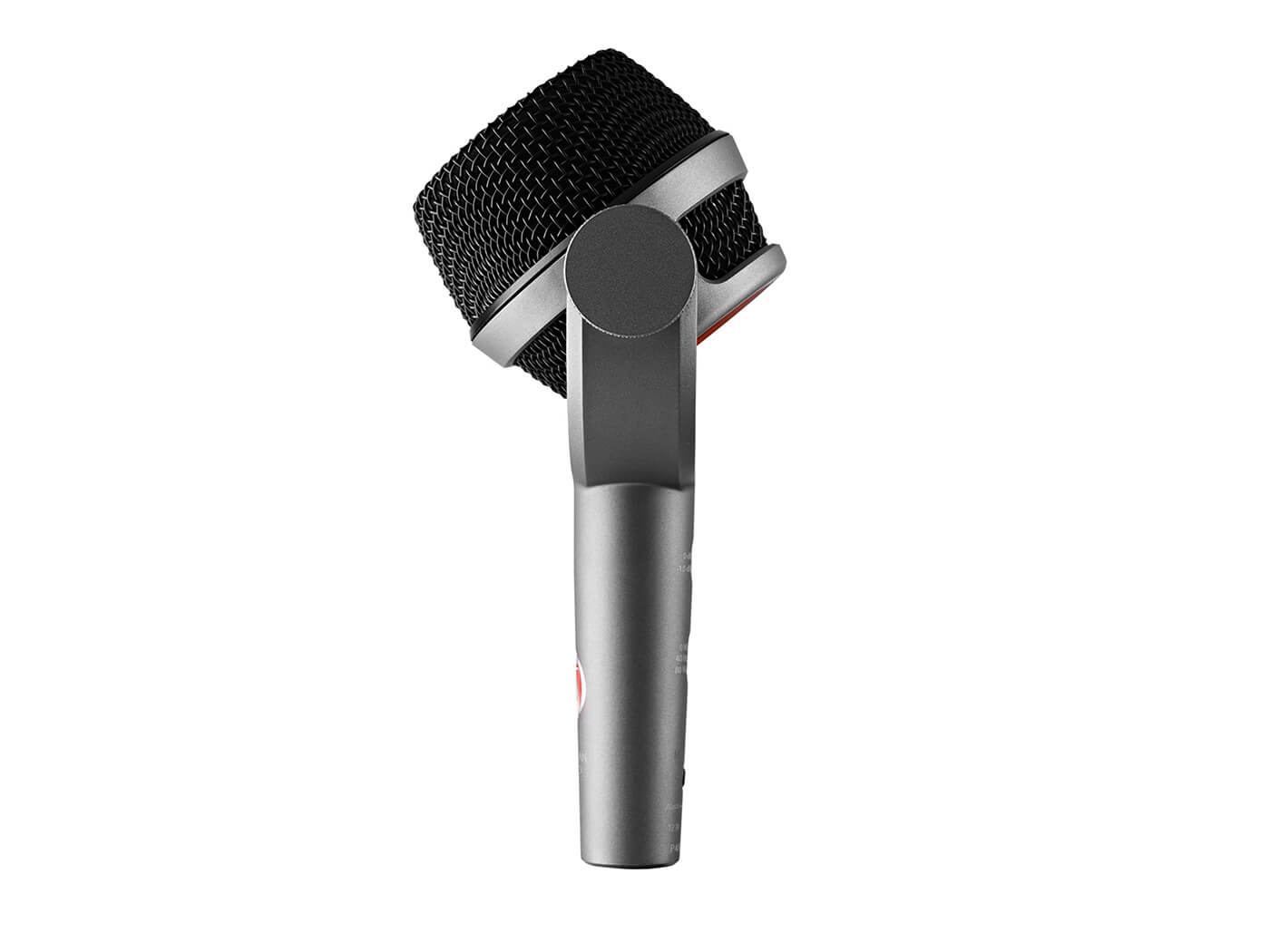
Not so stellar is the prominent, high-pitched resonant frequency and hollow sound that comes from a tap test on the OD5’s body. Users will have to work hard to decouple the mic from other hardware, so (convenient) drum-mounted clips might have to be ruled out altogether. Our Beta 57a fares far better in rejecting handling noise and we’re pleased to report that the OC7 doesn’t suffer the same drawback.
If you’re looking for easy-to-place microphones, Austrian Audio’s new pair is well worth consideration, with the most versatile being the OD5. Despite some issues with body resonance, it even could become a new go-to for guitar cabs and drums.
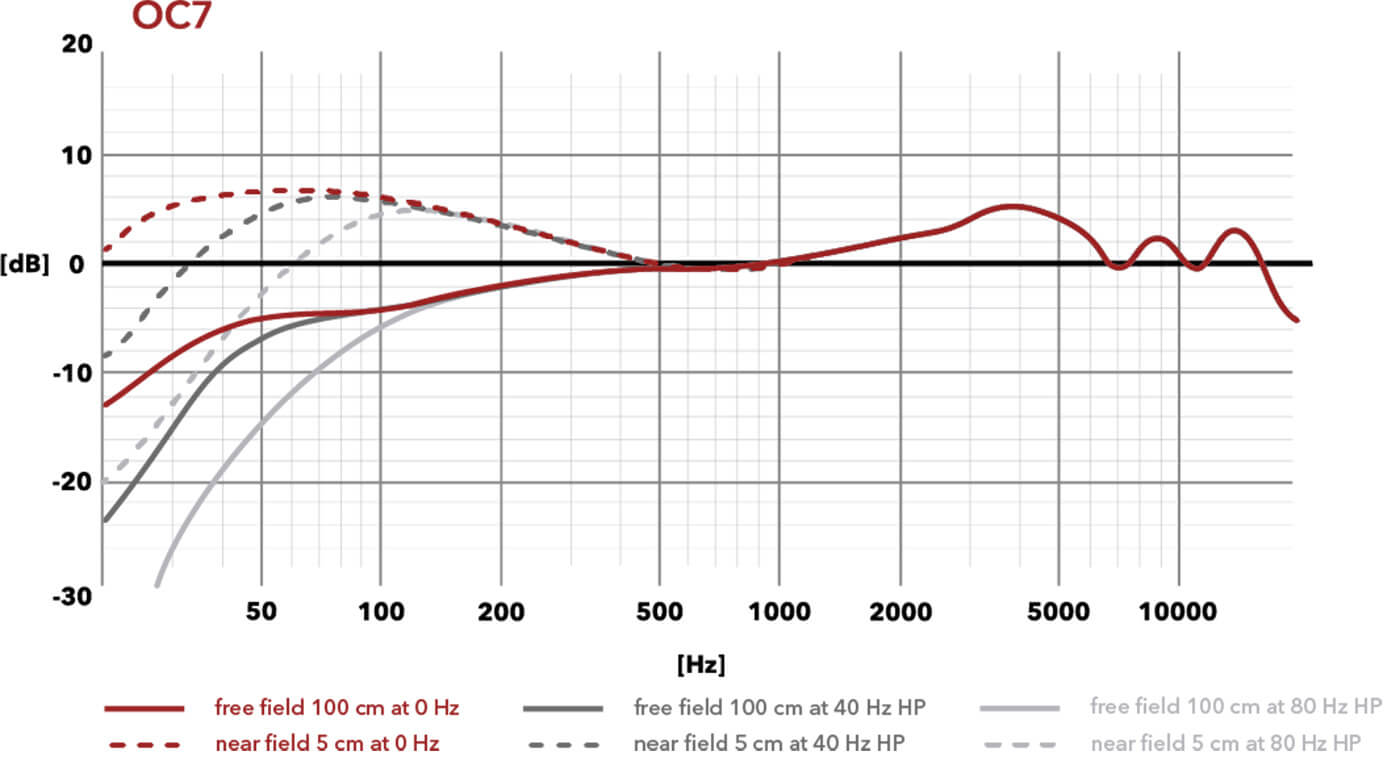
Key Features
OD5:
- Active dynamic (requires phantom power)
- 80Hz/120Hz high pass filter
- Buy: Gear4music, Andertons
OC7:
- OCC7 small diaphragm condenser capsule
- 40Hz/80Hz high pass filter
- Buy: Gear4music, Andertons
Both:
- Cardioid
- 220-degree swivel mechanism
- -10dB pad
- Comes with padded case, mic clip and thread adapter